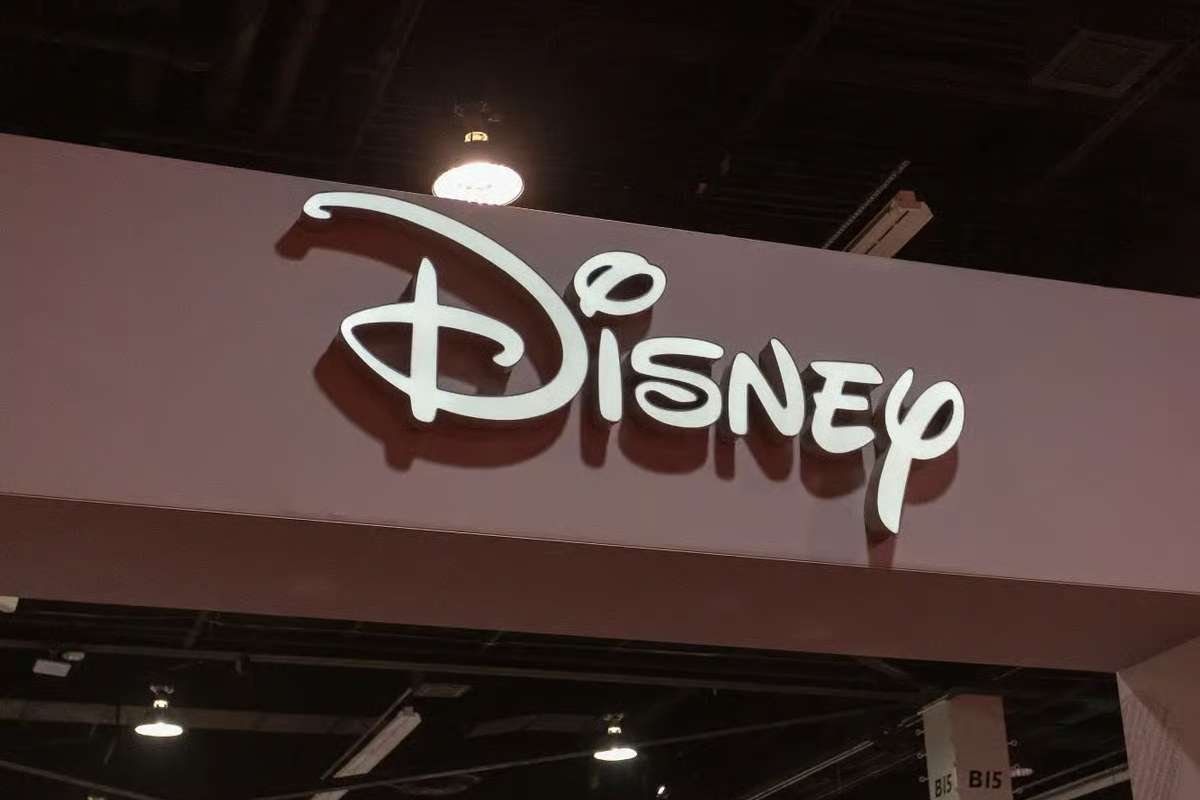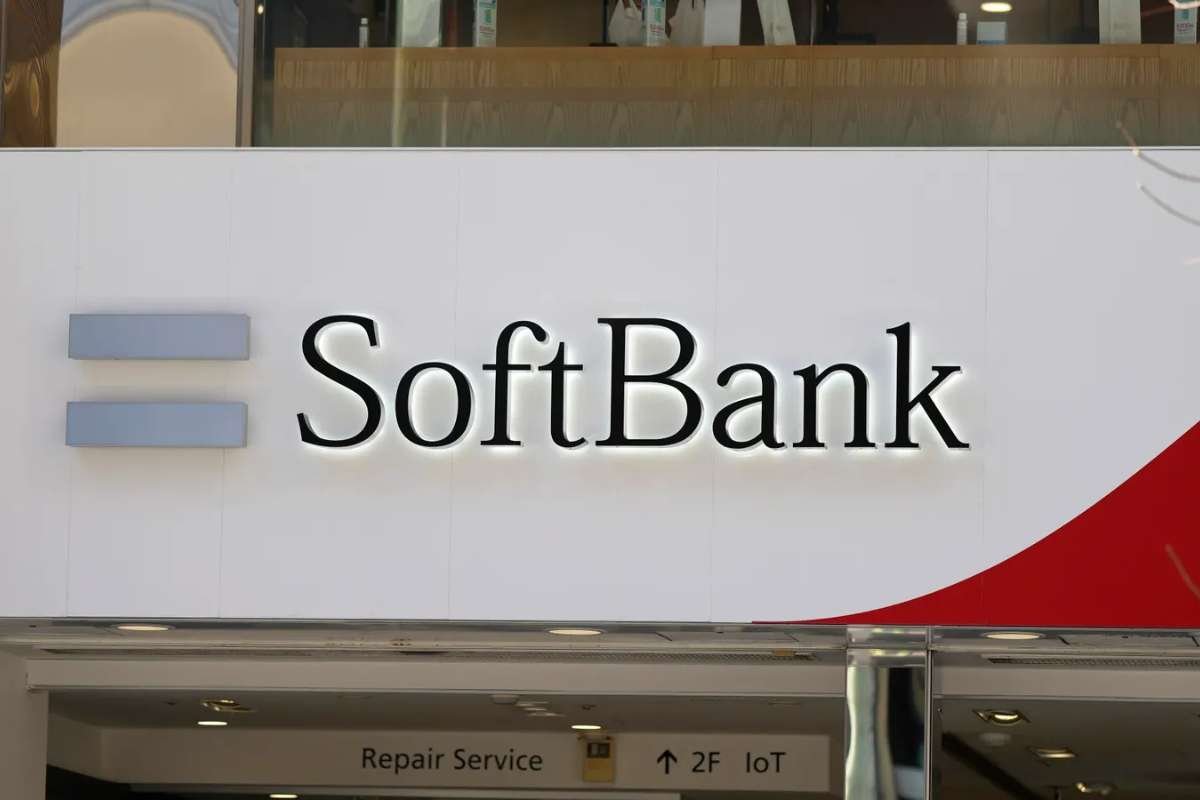Wall Street is closely watching Federal Reserve Chair Jerome Powell’s upcoming speech at the annual Jackson Hole economic policy symposium, where he could provide signals on the direction of interest rates. The address, scheduled for Friday, comes as investors overwhelmingly expect the central bank to resume rate cuts in September after months of holding steady.
The symposium has historically been a platform where policymakers outline shifts in monetary strategy. Last year, Jerome Powell hinted at policy adjustments, citing greater confidence that inflation was moving back toward the Fed’s 2% target. This time, however, expectations are more divided, with some analysts warning that inflationary pressures remain strong while labor market data points to softening conditions.
Market Expectations vs. Economic Data
Financial markets have priced in a high likelihood of a September rate cut, with Fed funds futures suggesting an expectation of easing at the next policy meeting. A weaker-than-expected August jobs report could reinforce that outlook. Preston Caldwell, chief U.S. economist at Morningstar, noted that postponing cuts much further could be interpreted by markets as an effective tightening of monetary policy, given how long investors have anticipated a reduction.
At the same time, analysts caution that Jerome Powell may avoid offering explicit forward guidance. A note from Yardeni Research suggested the Fed Chair will likely adopt a cautious stance, emphasizing that decisions will remain data-dependent. “Odds are that he will be more of an owl—waiting and watching—than either a hawk or a dove,” the firm wrote.
Inflation remains a complicating factor. Recent data indicates upward pressure on prices, raising questions about whether easing too soon could risk prolonging inflation above the Fed’s target. Michael Pearce, deputy chief U.S. economist at Oxford Economics, noted in a recent report that separating temporary price effects from more persistent inflation trends could be challenging.
Balancing Inflation and Employment
The Federal Reserve’s dual mandate requires balancing price stability with maximum employment. Economists are debating whether recent weakness in jobs data reflects lower demand for workers or constraints on labor supply. If labor supply is the issue, some warn that rate cuts could intensify inflationary pressures rather than resolve them.
Despite these concerns, many market participants believe employment trends are softening enough to justify a rate adjustment. Citi Research chief U.S. economist Andrew Hollenhorst expects Jerome Powell to signal that risks to employment and inflation are becoming more balanced. If Powell acknowledges that balance, it could support the case for reducing rates. “We expect Chair Powell to confirm market pricing for a return to rate cuts in September, but stop short of explicitly committing,” Hollenhorst wrote.
Similarly, JPMorgan analysts see the Fed leaning toward easing, given weaker job growth. However, they also noted that several Fed officials have recently emphasized that the case for cuts has not yet been firmly established. That suggests Jerome Powell may keep his remarks general while leaving room to respond to upcoming data.
Investor Reaction Will Be Key
For markets, the stakes are high. A clear indication that rate cuts are coming could reinforce recent momentum, with major indexes already posting multiple weeks of gains. Conversely, if Jerome Powell signals a longer wait, investors may see it as a setback equivalent to a de facto rate hike.
Bank of America analysts expect Jerome Powell to use language that acknowledges current data but retains flexibility. They argue that phrasing such as “policy remains appropriate given the data at hand” would allow the Fed to keep options open while avoiding premature commitments.
Ultimately, Jerome Powell’s message will be interpreted through the lens of timing. With September’s policy meeting approaching and incoming jobs data still pending, investors may not receive definitive guidance on Friday. Instead, the Fed Chair is expected to underscore that decisions will hinge on the evolving balance of inflation and employment risks.
As Jerome Powell prepares to take the stage in Jackson Hole, markets will be listening closely, not just for what is said, but for how much is left unsaid.


















